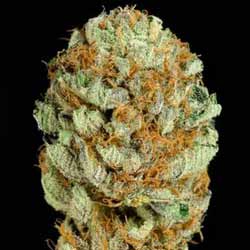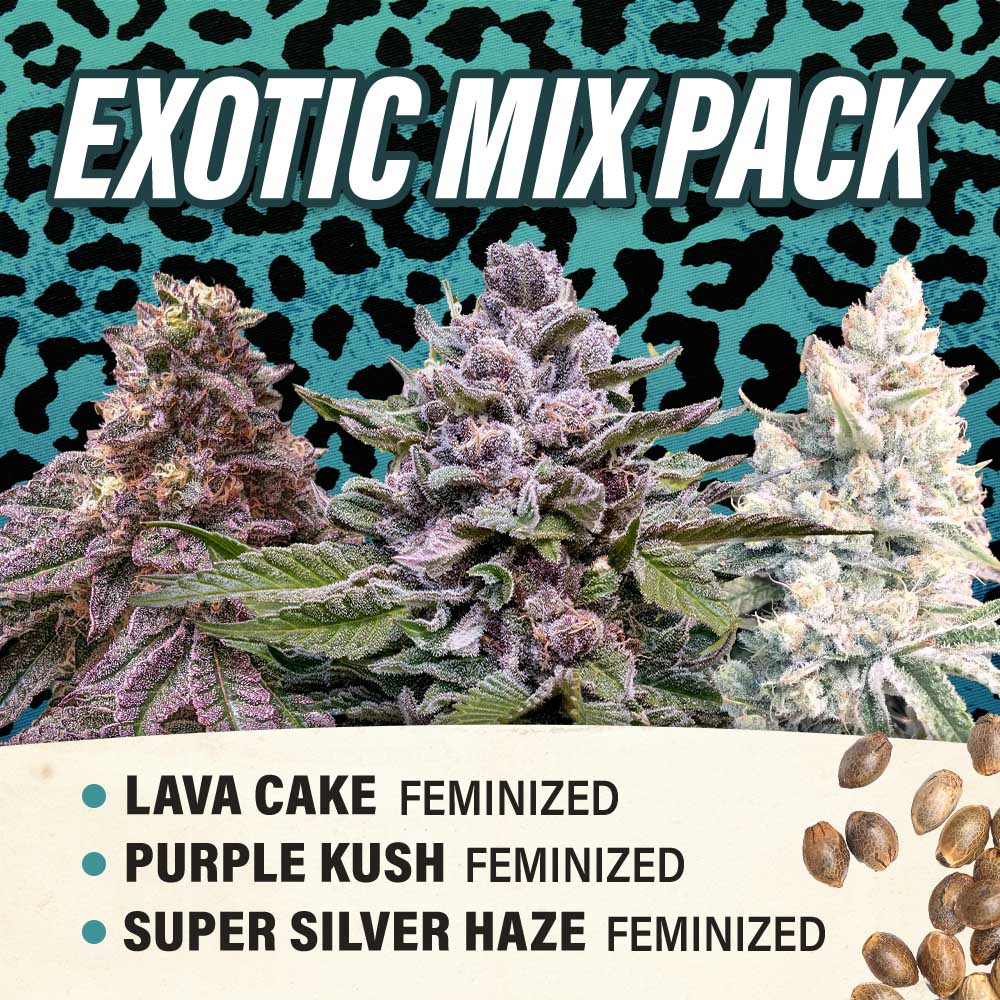
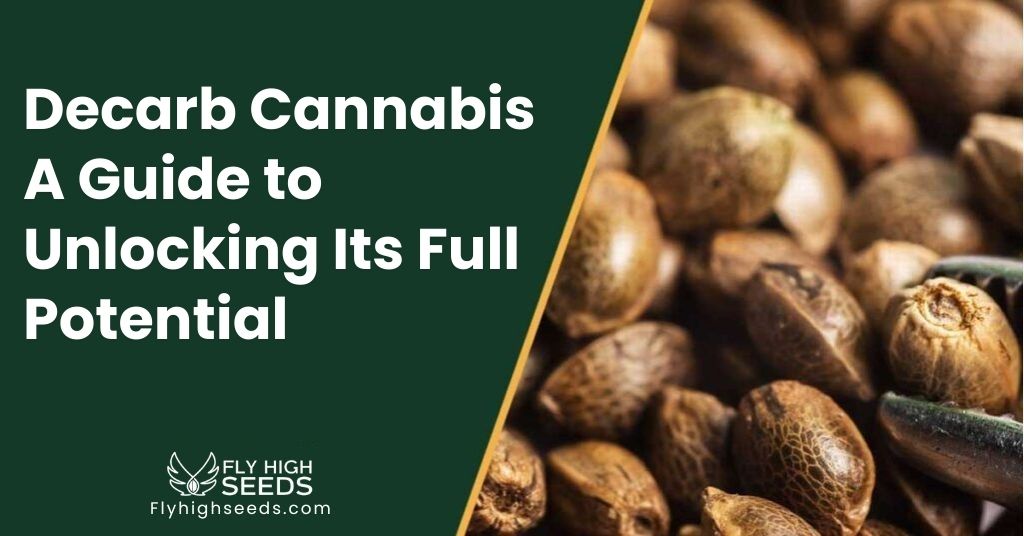
Decarb Cannabis – A Guide to Unlocking Its Full Potential
What is Decarboxylation?
Decarbing involves heating cannabis to pull out all the cannabinoids to get the most out of your plant. Decarbing removes a chemical group from these cannabinoid acids through the heat, making them into their active forms, such as Cannabinoid and CBD. This change is important for unlocking the full range of what the plant can actually do for you. Decarbing is important when it comes to cooking with cannabis as you want the most out of your bud when cooking and making edibles and oils.
Tips for Successful Decarbing & Things To Avoid
-
Do not ignore grind size: Make sure you grind up your cannabis to have even heating all around.
-
Avoid using aluminum: Using aluminum can cause your cannabis to to heat up and stick to it, ruining the bud.
-
Spread the cannabis evenly & avoid overcrowding: on the baking sheet to ensure even heating
-
Do not overheat: Use an oven thermometer to ensure the oven is at the proper temperature, can result in loss of potency
-
Avoid over cooking or over-decarbing, do not bake to long, which can result in loss of potency
-
Do not skip stirring: Stir the cannabis occasionally during the decarbing process to have even heating
-
Let the cannabis cool completely: before using or storing to prevent any further heating
How to Decarb Cannabis
Decarbing cannabis is a straightforward process that involves carefully heating the raw plant material to activate its cannabinoids. Here’s a brief summary of how to decarb cannabis:
-
Preparation: Gather your cannabis buds or trim. It’s recommended to use a strain that suits your desired effects.
-
Grinding: Grind the cannabis to a consistency that allows for even heating, but not too fine as it might make handling difficult.
-
Oven Setup: Preheat your oven to around 220-240°F (104-116°C). Line a baking tray with parchment paper to prevent sticking.
-
Spread Evenly: Spread the ground cannabis evenly on the lined baking tray. Avoid overcrowding to ensure uniform decarboxylation.
-
Decarboxylation: Place the tray in the preheated oven. Allow the cannabis to bake for about 30-45 minutes. Monitor closely to prevent overcooking, as this can degrade cannabinoids.
-
Stirring (Optional): Stirring provides even heating throughout. 1
-
Cooling: After the allotted time, remove the tray from the oven and let the decarbed cannabis cool down.
-
Storage: Once cooled, the decarboxylated cannabis is ready to be used for making edibles, oils, tinctures, or other products.
Remember that the time and temp can vary based on factors like your oven’s accuracy and how wet the cannabis is. Mess around with your cannabis temp as every one is different so find what is right for you. By getting good this process, you’ll be able to create strong and effective products.
H3: Oven Decarboxylation Equipment and Materials Provide any additional details or important info for the following
-
Oven
-
Baking sheet
-
Parchment paper
-
Oven thermometer (optional)
Using An Oven For Cannabis Decarboxylation – Step by Step Process
Briefly explain each step and any important related tips
-
Preheat oven [Decarb temperature] to 220°F – 245°F, stress the importance of this
-
Line baking sheet with parchment paper
-
Spread cannabis evenly on the sheet, avoiding overcrowding, stress the importance of this
-
Insert oven thermometer to check temperature if necessary
-
Bake in oven for 25-30 minutes or until golden brown
-
Let cool before using or storing
Can you Decarb Cannabis Without An Oven?
Yes, you can decarboxylate cannabis without an oven using alternative methods that apply controlled heat. Here are a few options:
-
Stovetop: Place your finely ground cannabis in a heatproof container or a double boiler setup. Heat the cannabis over low to medium heat, stirring frequently, for about 30-60 minutes. Monitor the temperature and ensure that the cannabis doesn’t burn. This method can work well but requires careful attention to prevent overheating.
-
Sous Vide: If you have a sous vide immersion circulator, you can seal the cannabis in an airtight bag and immerse it in a water bath set to around 200°F (93°C) for about 1-2 hours. This method provides precise temperature control and prevents the loss of volatile compounds.
-
Slow Cooker: Just like the stovetop option, you can place your grinded cannabis in a heatproof container and put it in a slow cooker on the low or warm setting for several hours. This method can be convenient but might take longer compared to other methods.
-
Microwave: While not the best method you can still microwave it. Microwave in short intervals of 10-15 seconds, checking and stirring between intervals. Be cautious to avoid overheating, which can degrade cannabinoids.
Make sure you are precise with the temperature when it comes to decarbing. Using a thermometer to check the temperature is fine and you can mess around a couple times with different groups. Just make sure not to overheat the cannabis or burn it.
Cannabis Decarboxylation In Oil
Cannabis decarbing in oil involves using a fat or oil medium to activate cannabinoids through the decarboxylation process. This is used when making cannabis oil and edibles. Here’s a brief overview of the process:
-
Prepare the Cannabis: Grind or break down the cannabis to expose more surface area for decarboxylation.
-
Combine with Oil: Mix the ground cannabis with a suitable oil, such as coconut oil, olive oil, or butter. The oil acts as a carrier and enhances cannabinoid extraction.
-
Decarboxylation: Heat the cannabis-oil mixture in a controlled environment, such as a double boiler or slow cooker, at a temperature of around 220-240°F (104-116°C) for an extended period (several hours). This allows the cannabinoids to undergo decarboxylation and become active.
-
Strain and Store: After decarbing, strain the oil to remove the plant material. The resulting oil can be used immediately for cooking, baking, or making various infused products.
Decarbing in oil helps because the oil helps evenly heat and activates the cannabis. It also simplifies the process of incorporating the activated cannabinoids into recipes that call for fats or oils. As always, careful temperature control and monitoring are essential to prevent overheating and ensure the desired level of decarboxylation.
Decarbing Cannabis With A Rice Cooker
Decarboxylating cannabis using a rice cooker is a very easy method that dosent use much. Here’s a brief summary of how to do it:
-
Prepare Cannabis: Grind or break down your cannabis buds into small, evenly-sized pieces. This helps ensure even decarboxylation.
-
Place in Rice Cooker: Place the ground cannabis in the bowl of the rice cooker. No need to add water or oil at this stage.
-
Set Up Rice Cooker: Turn on the rice cooker to its “Cook” or “Warm” setting. Most rice cookers have a temperature range that is suitable for decarboxylation (around 220-240°F or 104-116°C).
-
Monitor and Stir: Keep an eye on the cannabis as it heats. It’s a good idea to occasionally stir the cannabis with a wooden or heat-resistant utensil to ensure even exposure to heat.
-
Decarboxylation Time: The process can take around 30 to 60 minutes, depending on the rice cooker and the amount of cannabis. The cannabis will darken slightly and may emit a noticeable aroma as the decarboxylation progresses.
-
Cool and Store: Once you’re satisfied with the decarboxylation, turn off the rice cooker and allow the cannabis to cool down before using it for infusions, tinctures, oils, or other applications.
Decarbing cannabis in a rice cooker is convenient and discreet. But, keep in mind that rice cookers may have temperature fluctuations, so using a separate thermometer to watch the temperature is recommended. With careful attention and monitoring, this method can provide you with decarboxylated cannabis ready to be used in various culinary or medicinal endeavors.
Decarbing Cannabis With A Mason Jar
Decarboxylating cannabis using a mason jar is a safe and efficient method that allows you to retain the aromatic compounds during the decarboxylation process. Here’s a brief overview of how to do it:
-
Prepare Cannabis: Break down your cannabis buds into small pieces or coarsely grind them.
-
Use a Mason Jar: Place the ground cannabis in a mason jar. You can use any size, but a quart-sized jar is often sufficient.
-
Seal the Jar: Seal the mason jar tightly to create an airtight environment. This helps prevent the loss of aromatic compounds during decarboxylation.
-
Decarboxylation Time: Preheat your oven to around 220-240°F (104-116°C). Place the sealed mason jar with cannabis in the oven for approximately 30-45 minutes. This time can vary based on your desired level of decarboxylation and the amount of cannabis.
-
Cool and Use: After decarbing, carefully remove the mason jar from the oven and allow it to cool before opening. The decarboxylated cannabis is now ready to be used in infusions, edibles, oils, or other applications.
Decarbing in a mason jar helps preserve the terpenes and aromatic compounds that contribute to the flavor and aroma of cannabis. It also reduces the risk of odor and ensures minimal exposure to the environment. Keep in mind that using an oven-safe mason jar and avoiding sudden temperature changes are essential for safety. With careful temperature control and proper sealing, decarbing with a mason jar can yield quality results for your cannabis-infused creations.
How To Use Decarboxylated Cannabis For Edibles
Using decarboxylated cannabis for edibles involves infusing the activated cannabinoids into various recipes to create potent and effective cannabis-infused treats. Here’s a brief overview of how to incorporate decarbed cannabis into your edibles:
-
Choose a Recipe: Decide on the edible you want to make, such as brownies, cookies, gummies, or oils. Make sure the recipe you choose includes a fat or oil component, as cannabinoids are fat-soluble.
-
Calculate Dosage: Determine the desired potency of your edibles and calculate the appropriate amount of decarbed cannabis to use. Start with a small amount if you’re new to edibles.
-
Infusion: Most recipes require the cannabis to be infused into a fat or oil. Melt butter, coconut oil, or other preferred fats, and mix in the decarbed cannabis. You can use a double boiler or a slow cooker to control the temperature and prevent burning.
-
Strain (Optional): If you prefer a smoother texture, strain the infused fat or oil to remove any plant material. A fine mesh strainer or cheesecloth works well for this.
-
Follow Recipe Instructions: Proceed with the rest of the recipe as instructed, using the infused fat or oil in place of the regular fat or oil. Be mindful of any temperature-sensitive steps to avoid degrading the cannabinoids.
-
Baking and Cooking: Pay attention to cooking times and temperatures. Avoid exposing the edibles to excessively high heat that could damage the cannabinoids.
-
Portion Control: After cooking, divide your edibles into appropriate serving sizes to ensure consistent dosing.
-
Patience: Edibles take longer to produce effects compared to smoking or vaping. Start with a small portion, wait at least an hour, and assess the effects before consuming more.
Using decarboxylated cannabis for edibles allows you to enjoy the benefits of cannabis in a discreet and flavorful way. Proper dosage, careful infusion, and following the recipe’s instructions are crucial for creating enjoyable and consistent cannabis-infused edibles.
How to Store Decarbed Cannabis
Storing decarboxylated cannabis properly is essential to maintain its potency, flavor, and aroma over time. Here’s a brief summary of how to store decarbed cannabis effectively:
-
Cooling: Allow the decarbed cannabis to cool completely before storing. This prevents moisture buildup in the container.
-
Airtight Container: Transfer the decarbed cannabis to an airtight container, such as a glass jar with a tightly sealed lid. Mason jars or vacuum-sealed bags work well.
-
Opaque Container: Choose a container that’s opaque or light-proof. This helps protect the cannabinoids from degrading due to exposure to light.
-
Temperature Control: Store the container in a cool, dry, and dark place. A pantry, cupboard, or similar location is suitable. Avoid areas with temperature fluctuations, like near stoves or appliances.
-
Moisture Prevention: Moisture can degrade the quality of stored cannabis. If your climate is humid, consider adding a desiccant packet to the container to absorb excess moisture.
-
Labeling: Label the container with the strain and date of decarboxylation. This helps you keep track of the freshness and strain characteristics.
-
Avoid Air Exposure: Air can cause your cannabis to go bad so make sure to keep it in an airtight container.
-
Refrigeration or Freezing (Optional): For longer storage freeze you cannabis. However, avoid frequent temperature changes as condensation can damage the product.
-
Check Regularly: Periodically check the stored cannabis for any signs of mold, mildew, or degradation. If you notice any issues, discard the affected portion.
By following these steps, you can extend the shelf life of your decarbed cannabis and enjoy its benefits for a longer period. Make sure you store your cannabis correctly as it will maintain its quality.
Related Posts

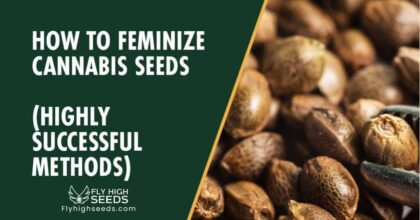
How To Feminize Cannabis Seeds (Highly Successful Methods)
December 30, 2024
No Comments
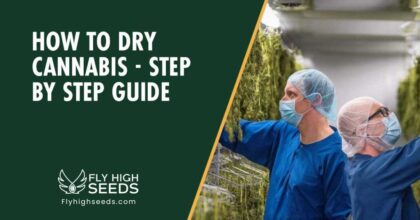
How to Decarb Cannabis [Step-by-Step Guide]
December 30, 2024
No Comments
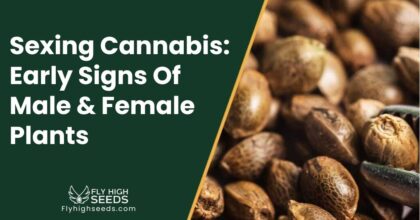
Sexing Cannabis: Early Signs Of Male & Female Plants
December 30, 2024
No Comments
CATEGORIES
Best Selling Seeds
$82.65 – $269.25
$82.65 – $269.25
$82.65 – $269.25

